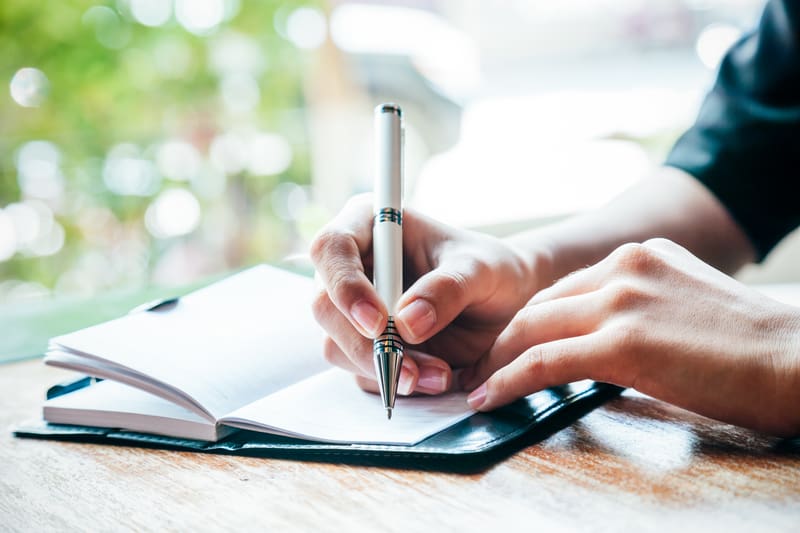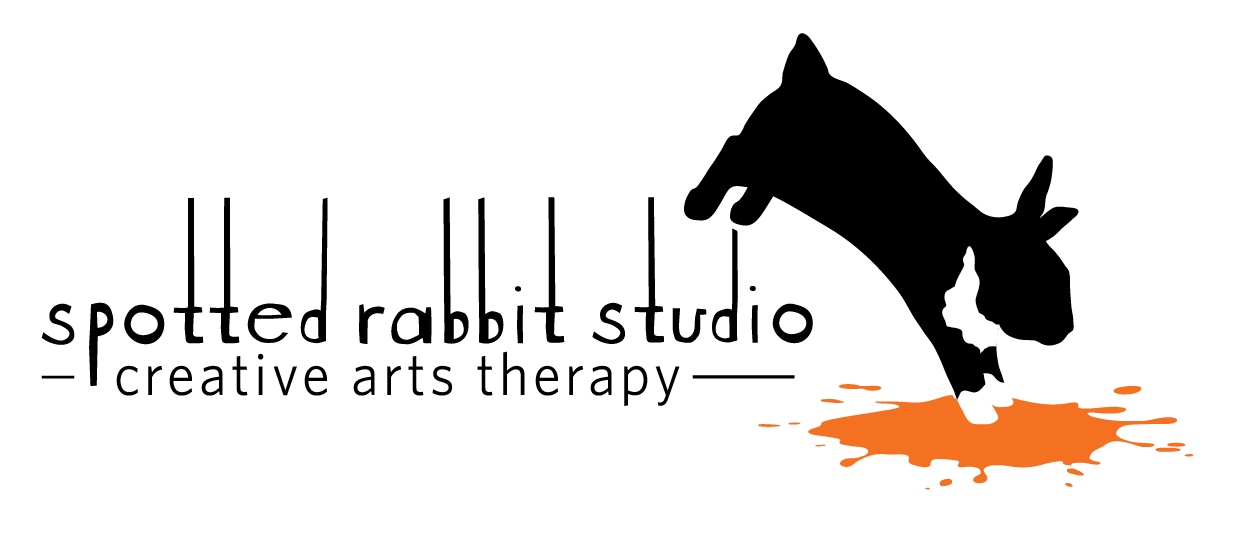
Visual journaling merges the written word with imagery to create a powerful tool for self-expression and introspection. This tactile, visual practice offers more than the sum of its parts, providing not just an outlet for creativity but a pathway to deeper self-understanding. It invites individuals to explore their inner landscapes, to capture the ephemerality of thoughts and emotions in a form that is both personal and expressive. For those seeking to enhance their journey of self-discovery, visual journaling can be a revelatory practice. It allows a view into the subconscious, helping to track moods, identify behavioral patterns, and regulate emotions. This engaging form of journaling can serve as a bastion of privacy, where thoughts and feelings are honored without judgment.
“Visual journaling stands as a potent avenue for self-discovery and emotional regulation.”
The Role of Visual Journaling in Self-Reflection
At its core, visual journaling is a reflective exercise that combines elements of art therapy with traditional journaling. It is a non-linear, non-verbal way of engaging with one’s inner world. Through colors, symbols, and sketches, individuals can articulate what may be difficult to express with words alone. This process of reflection through visual expression can lead to surprising insights, as the act of creating art taps into intuitive and non-dominant parts of the brain.
A Creative Outlet for Emotional Regulation
Emotional regulation can be challenging, with many people struggling to find healthy outlets for their feelings. Visual journaling provides a constructive way to manage emotions, serving as a visual emotional barometer. Through daily or weekly entries, journalers can depict their moods and feelings, noticing over time the ebbs and flows of their emotional states. This act of externalizing feelings in a visual format can be incredibly cathartic, often leading to a sense of relief and calmness.
Initiating Your Visual Journaling Journey
Starting a visual journal is an adventure with no strict rules, but a few guidelines can help pave the way. The first step is to choose a journal that resonates on a personal level—whether it’s a simple sketchbook, a vintage diary, or a digital app. The tools used can range from pencils and markers to collage materials and paint. The key is to select mediums that feel right and inspire engagement with the practice.
Techniques to Enrich Your Journaling Experience
Visual journaling techniques are as varied as the individuals who use them. Some prefer doodling and freeform drawing, while others may lean towards collage, mixed media, or even digital art forms. Experimentation is part of the process, and combining different techniques can keep the practice fresh and dynamic. Simple practices like mandala drawing can be used to center thoughts and feelings, while more complex techniques like photo-collage can aid in exploring personal identity and memories.
Tracking Mood and Behavioral Patterns
One of the most practical applications of visual journaling is the ability to track mood and behavior patterns over time. Creating a color code for different emotions or using specific images to represent certain states of mind can turn a visual journal into a map of one’s mental landscape. Over time, this can reveal patterns, triggering factors, and the natural rhythm of emotional cycles, providing valuable insights that can inform personal growth and emotional management.
Using Journaling Prompts to Dive Deeper
Occasionally, it may be challenging to know where to start with a visual journal entry. Prompts can serve as a catalyst for reflection. Questions such as “What am I grateful for?” or “How do I feel at this moment?” can provide direction. Visual prompts, like a photograph or a random object, can also ignite the imagination and lead to profound introspection.
Date and Context: The Importance of Chronology
Adding dates and contextual notes to journal entries can enhance the value of a visual journal as a personal historical record. These annotations give context to the images and can be illuminative when looking back on entries. They provide clues to the external influences on the internal state, like weather, location, or significant world events.
Fostering a Safe Space for Self-Discovery
A crucial aspect of visual journaling is the creation of a non-judgmental space. This is a personal domain where one can be free from the eyes and opinions of others. It’s a sanctuary for thoughts and feelings, where one can be vulnerable, honest, and true. The privacy of a visual journal fosters an environment where self-discovery is not only possible but encouraged.
Visual journaling stands as a potent avenue for self-discovery and emotional regulation. It offers a unique blend of artistic expression and introspective practice, where the multitudinous aspects of the self can be explored and understood. The process of creating a visual journal is in itself a journey—one that has the power to unveil the complexity of emotions, thoughts, and experiences that reside within. It teaches the language of colors and shapes, allowing for communication that words alone may fail to convey.
Individuals across the globe and from all walks of life are finding solace and insight within the pages of their visual journals. This practice invites an ongoing dialogue with the self, offering a mirror to the myriad of feelings that make up the human experience. Whether through the stroke of a brush, the cut of paper, or the scrawl of a crayon, visual journaling embodies the quest for understanding—one’s deepest yearnings, fears, joys, and sorrows—displaying them in vibrant hues and bold strokes. In this visual and visceral realm, individuals can connect with their innermost selves, fashioning a rich tapestry of personal growth that is both illuminating and profoundly transformative.
Embark on your transformative journey of self-discovery and healing with our personalized art therapy sessions. Our expert guides are here to support you in unlocking the profound benefits of visual journaling. Ready to explore the depths of your creativity and find inner peace? Connect with us today and let your healing journey begin.
